In January 2022, a friend of mine, who is camera mad, said to me ‘you should get yourself a camera, a film camera, you will love it!’. Then he said, ‘get a look at this on eBay’. It was A 1958 Samoca LE-ii rangefinder camera, untested but very, very attractive. £11.99 left my bank very quickly and in 3 days I was the proud owner, and the seller even sent a spares camera with it. It had a little damage on the lens housing from being dropped over its lifetime, but for what I knew about cameras at that point I didn’t think this would matter.
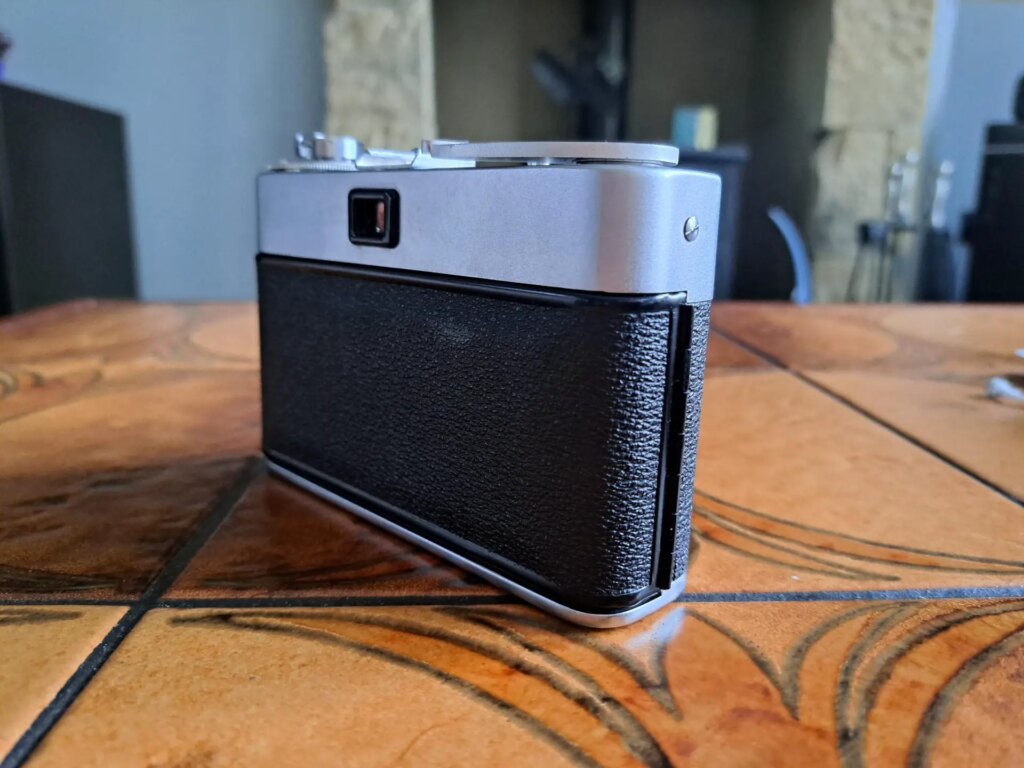
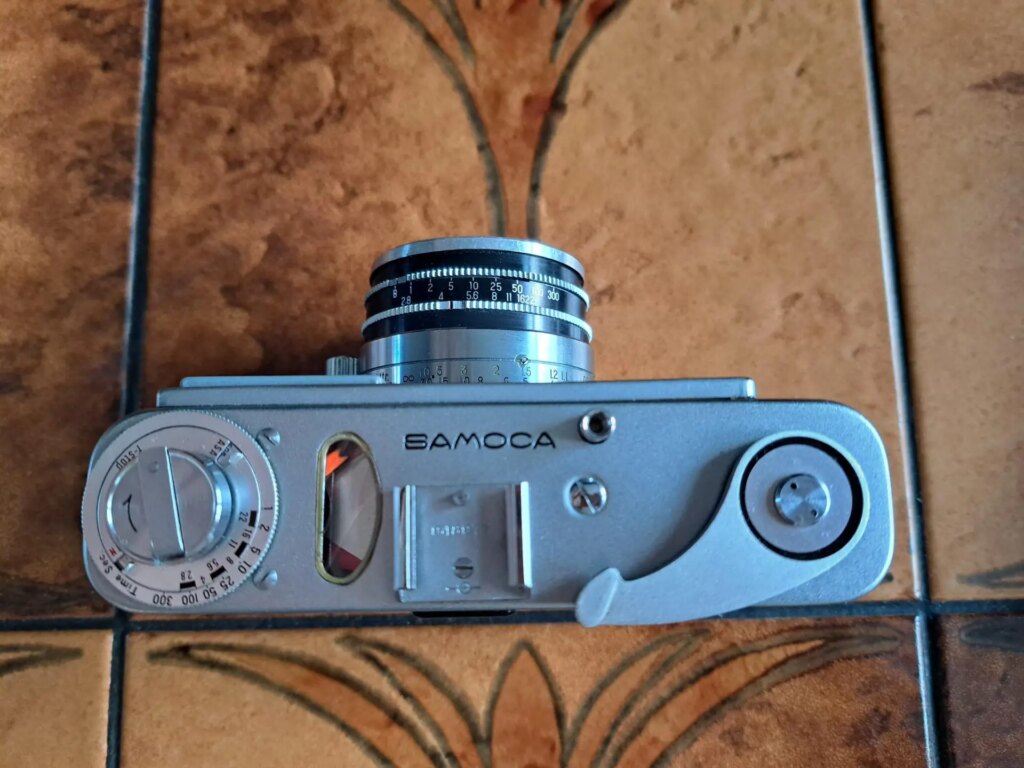
So off I went with my roll of Colorplus 200, a demonstration off my friend on how to read and match the light meter, and a trip to the North Yorkshire moors, soon the shutter was flying!! I forgot to focus a few times and got 2 exposures wrong, but all was well, amazingly.
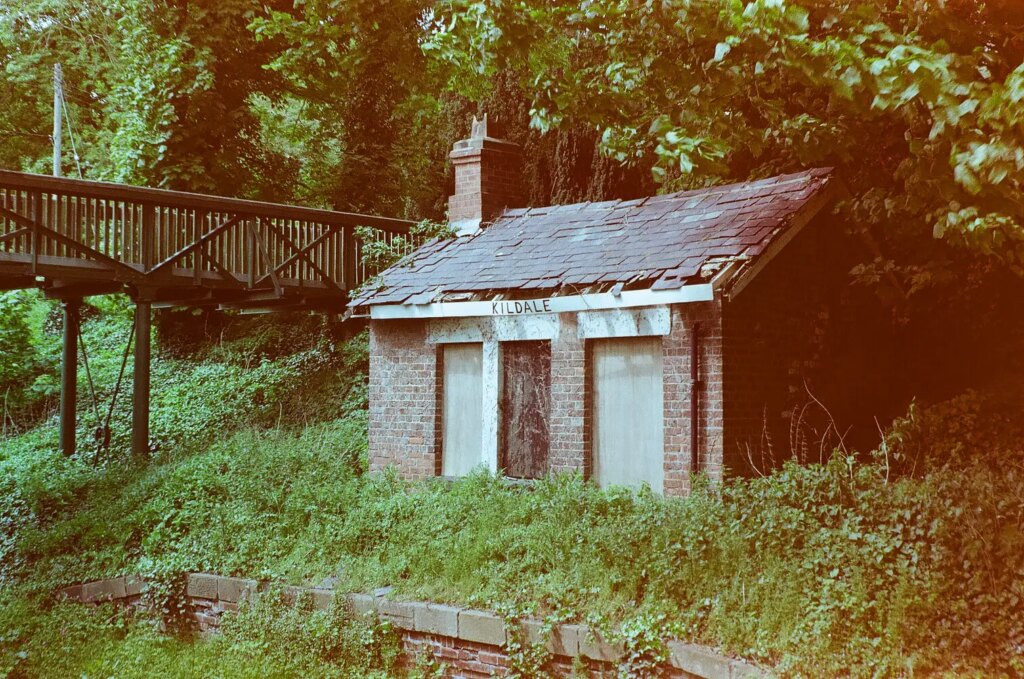
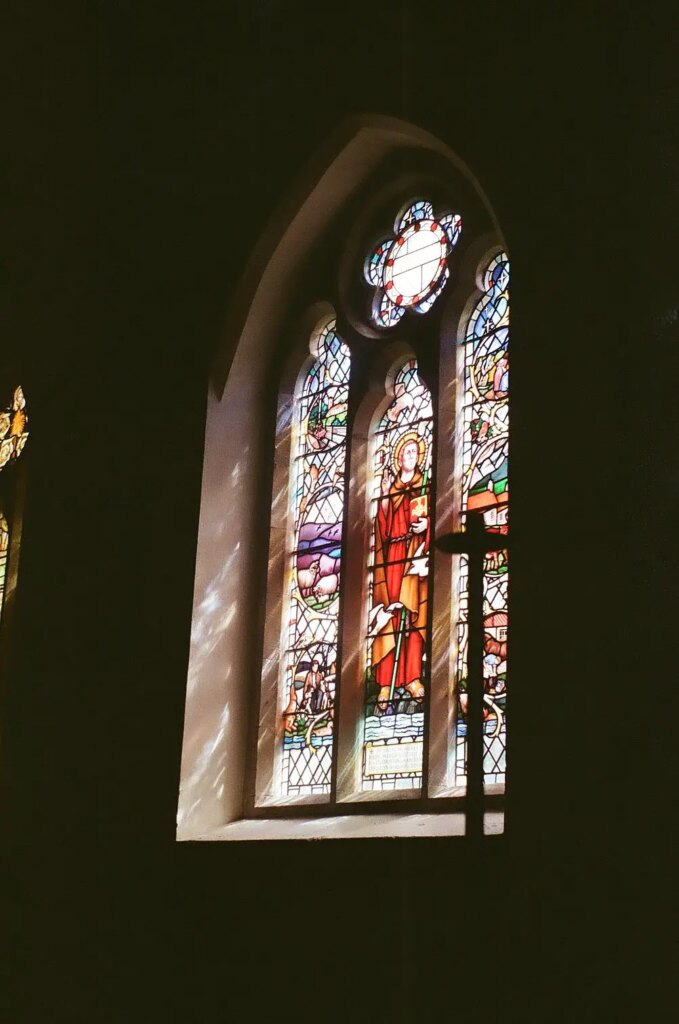
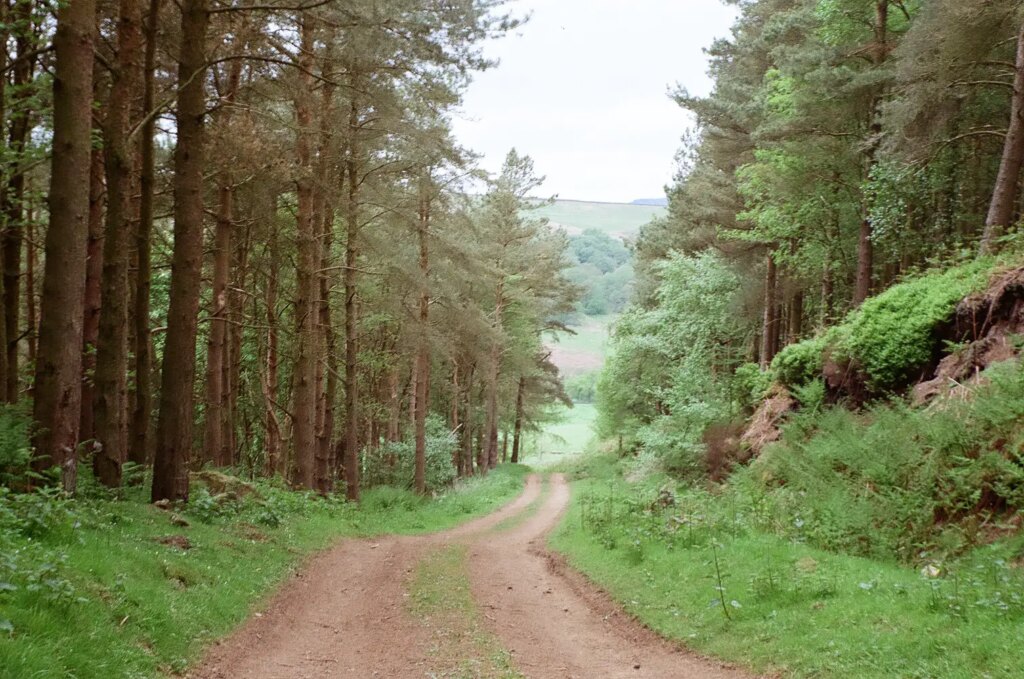
The breakdown
After a few rolls I realised that I had a few completely over exposed images. On investigation I noticed the shutter stayed open under any speed below 1/50. Then it stopped cocking the shutter. So, curiosity got the better of me and before long I had this fantastic Samoca in what felt like 200 parts all over the workbench. The lens was the culprit. Inside the lens is very similar to a watch, tiny gears, levers, cams and springs, all gently controlling aspects of the shutter, aperture and focus. Being an engineer by trade, this appealed to me very much! I found the problem was related the damage on the lens, causing a cam to have worn out unevenly! So, I used the parts from the spare camera, and having beaten the outside back to a shape that was very close to what it should have been, the Samoca was back on the scene!
The Samoca
When you think of the archetypal vintage camera, the Samoca LE-ii is probably close what you would imagine, a well-balanced design, central lens, black leather, trimmed with a thin silver base, a range finder window and a light-meter occupying a pleasing amount of the top case, and a carefully placed LE-ii badge in the bottom left. In my opinion, the design is one of the most attractive I have seen to this day.
A bit about its specs
The Samoca LE-ii a 1958 launched model with a Samocar f=50 mm 1:2.8 lens (mine doesn’t have the self-timer but my parts one does). One sweep wind on and built in selenium light meter that’s not connected to the lens. The light meter works perfectly, and the exposure is spot on every time (not bad for a 65-year-old camera). When using the camera, it feels nicely balanced, even though it is shade on the heavy side and the camera body actually has no loops for the neck strap, but the case does. The rangefinder is simple and bright and uses an orange diamond for focussing. Setting the lens can be a bit fiddly if you have larger hands, the grips for adjusting the aperture and speed are a little on the thin side, but the focus ring with its cylindrical add on is brilliant! It will accommodate 800 ASA film and has shutter speeds of B, 1, 2, 5, 10, 25, 50, 100, 300.
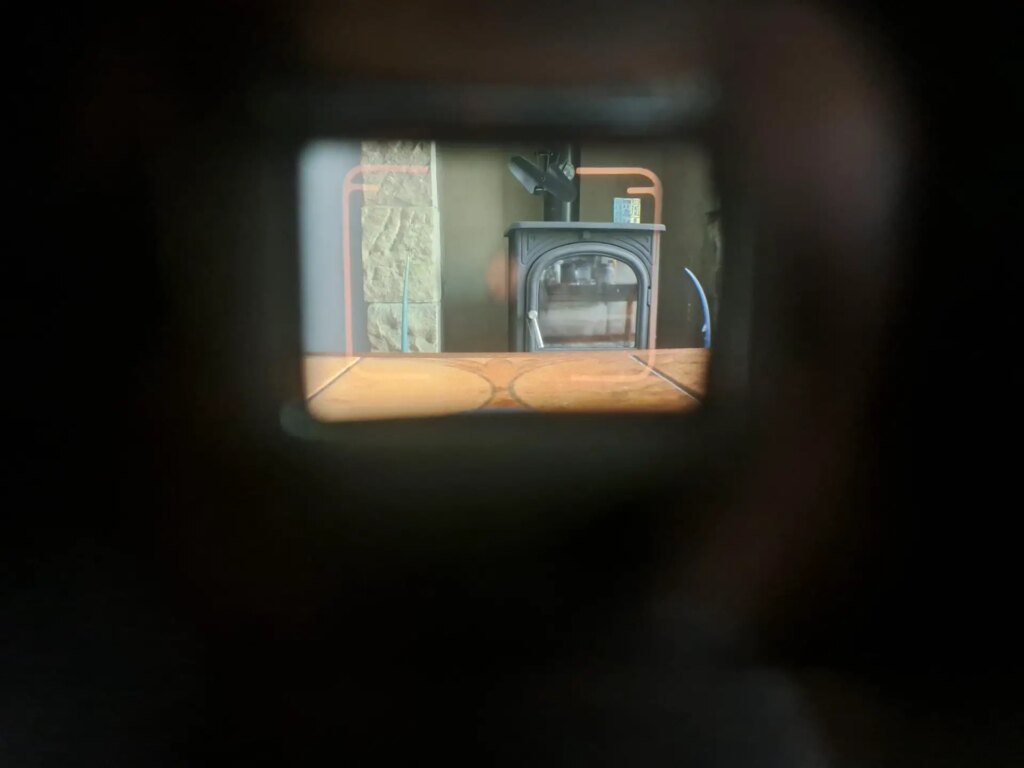
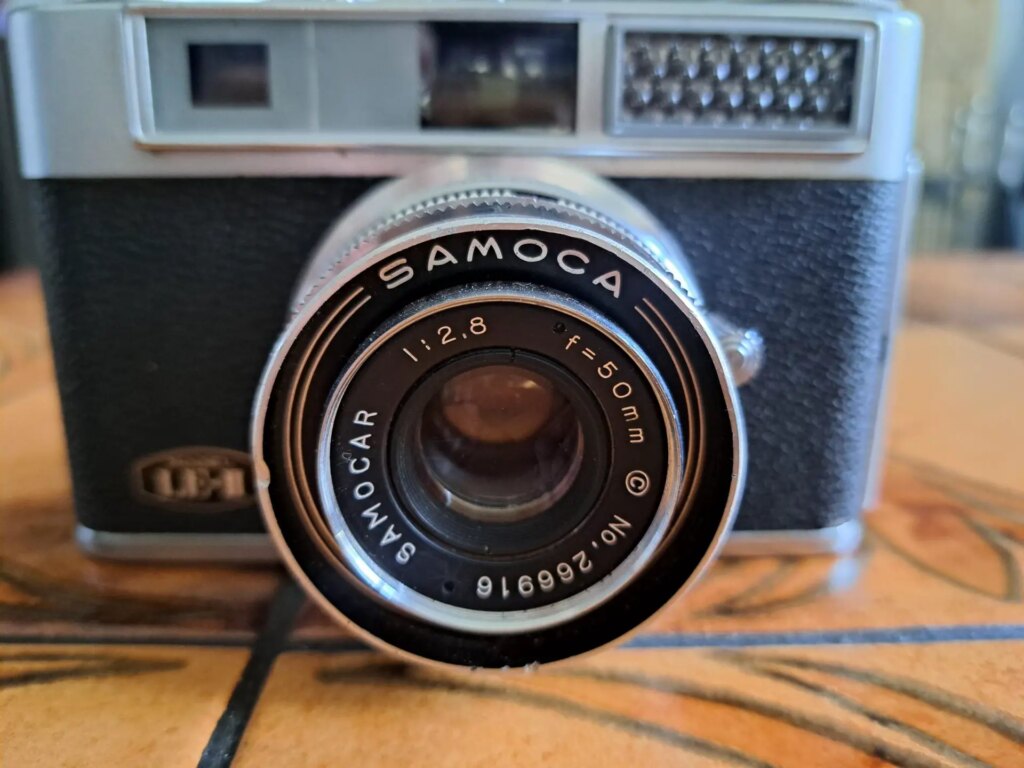
A couple more results
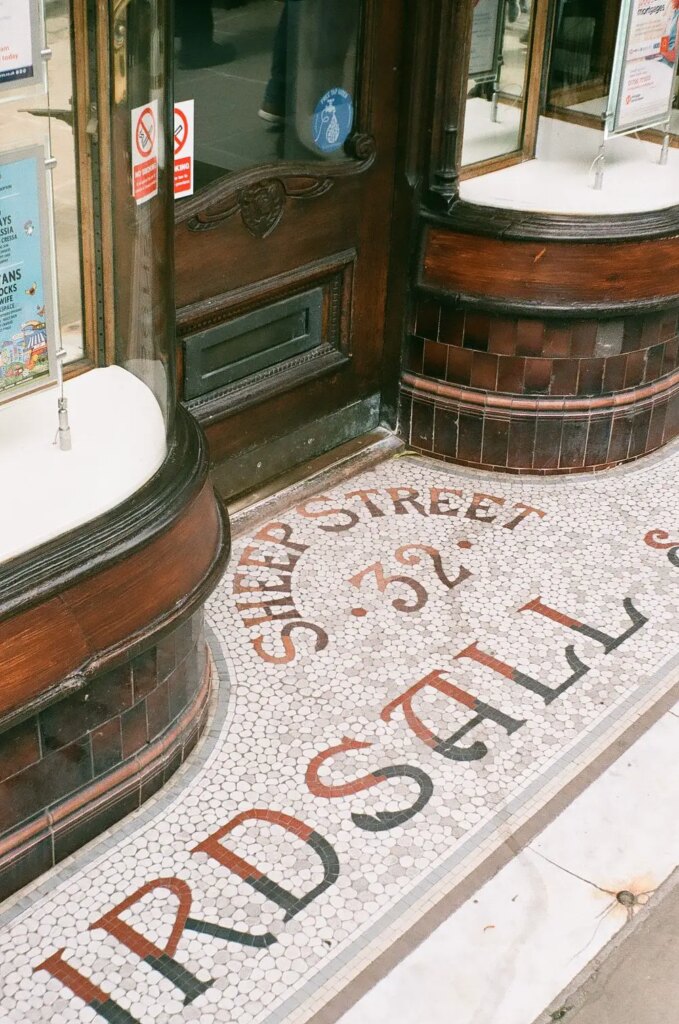
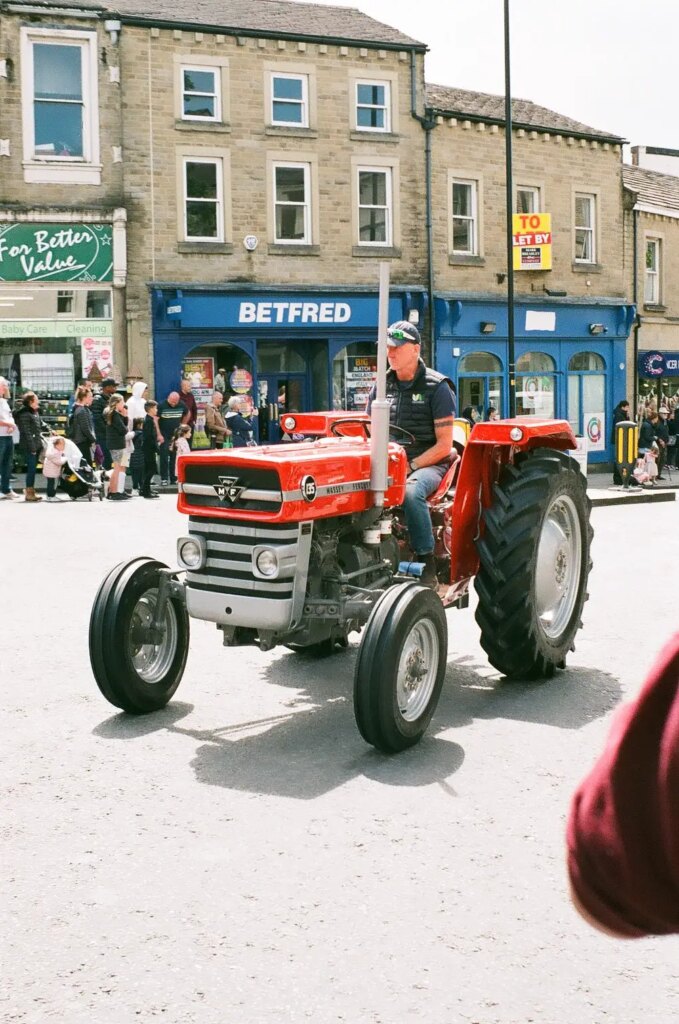
The Samoca LE-ii produces the clearest images, by a country mile, of any cameras in my collection today. The colours are vibrant, the focus is perfect and there is no vignette at all. Just see the images above, but remember, the Samoca LE-ii may be a masterpiece… but it will get you addicted to classic cameras!
I do lomography: johnb27 · Lomography
Share this post:
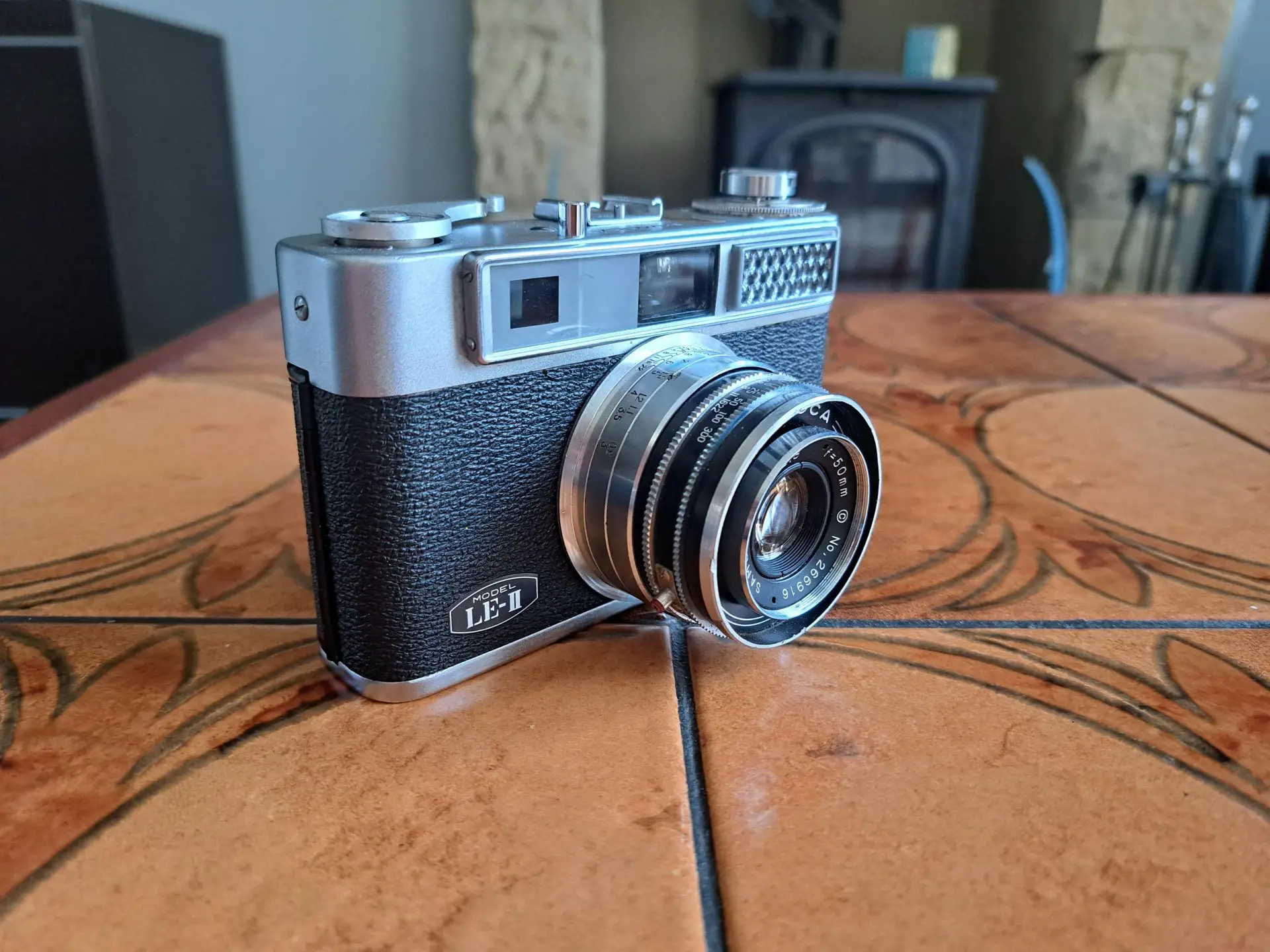








Comments
John feole on Samoca LE-ii Review – A Fantastic Little Rangefinder
Comment posted: 23/06/2023
Comment posted: 23/06/2023
Neal Wellons on Samoca LE-ii Review – A Fantastic Little Rangefinder
Comment posted: 23/06/2023
Comment posted: 23/06/2023
Michael Carnell on Samoca LE-ii Review – A Fantastic Little Rangefinder
Comment posted: 23/06/2023
Comment posted: 23/06/2023
Dave Powell on Samoca LE-ii Review – A Fantastic Little Rangefinder
Comment posted: 23/06/2023
Dave
Comment posted: 23/06/2023
David Dutchison on Samoca LE-ii Review – A Fantastic Little Rangefinder
Comment posted: 23/06/2023
Comment posted: 23/06/2023
Farside on Samoca LE-ii Review – A Fantastic Little Rangefinder
Comment posted: 20/06/2024
Amazingly, the meter in mine works perfectly, which somewhat reinforces my view that silicone meters will work for a very long time if they're kept in the dar.